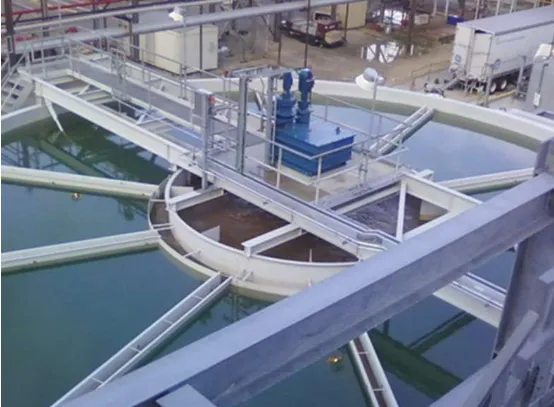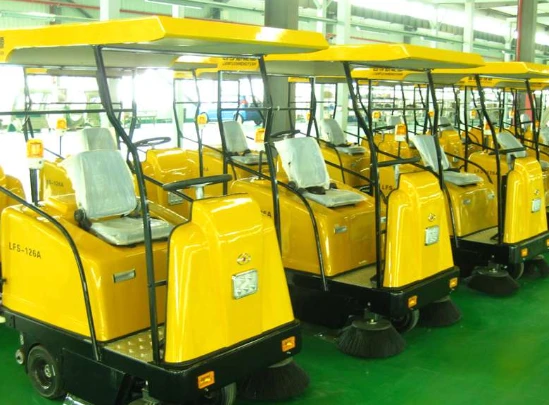
-
 Afrikaans
Afrikaans -
 Albanian
Albanian -
 Amharic
Amharic -
 Arabic
Arabic -
 Armenian
Armenian -
 Azerbaijani
Azerbaijani -
 Basque
Basque -
 Belarusian
Belarusian -
 Bengali
Bengali -
 Bosnian
Bosnian -
 Bulgarian
Bulgarian -
 Catalan
Catalan -
 Cebuano
Cebuano -
 China
China -
 China (Taiwan)
China (Taiwan) -
 Corsican
Corsican -
 Croatian
Croatian -
 Czech
Czech -
 Danish
Danish -
 Dutch
Dutch -
 English
English -
 Esperanto
Esperanto -
 Estonian
Estonian -
 Finnish
Finnish -
 French
French -
 Frisian
Frisian -
 Galician
Galician -
 Georgian
Georgian -
 German
German -
 Greek
Greek -
 Gujarati
Gujarati -
 Haitian Creole
Haitian Creole -
 hausa
hausa -
 hawaiian
hawaiian -
 Hebrew
Hebrew -
 Hindi
Hindi -
 Miao
Miao -
 Hungarian
Hungarian -
 Icelandic
Icelandic -
 igbo
igbo -
 Indonesian
Indonesian -
 irish
irish -
 Italian
Italian -
 Japanese
Japanese -
 Javanese
Javanese -
 Kannada
Kannada -
 kazakh
kazakh -
 Khmer
Khmer -
 Rwandese
Rwandese -
 Korean
Korean -
 Kurdish
Kurdish -
 Kyrgyz
Kyrgyz -
 Lao
Lao -
 Latin
Latin -
 Latvian
Latvian -
 Lithuanian
Lithuanian -
 Luxembourgish
Luxembourgish -
 Macedonian
Macedonian -
 Malgashi
Malgashi -
 Malay
Malay -
 Malayalam
Malayalam -
 Maltese
Maltese -
 Maori
Maori -
 Marathi
Marathi -
 Mongolian
Mongolian -
 Myanmar
Myanmar -
 Nepali
Nepali -
 Norwegian
Norwegian -
 Norwegian
Norwegian -
 Occitan
Occitan -
 Pashto
Pashto -
 Persian
Persian -
 Polish
Polish -
 Portuguese
Portuguese -
 Punjabi
Punjabi -
 Romanian
Romanian -
 Russian
Russian -
 Samoan
Samoan -
 Scottish Gaelic
Scottish Gaelic -
 Serbian
Serbian -
 Sesotho
Sesotho -
 Shona
Shona -
 Sindhi
Sindhi -
 Sinhala
Sinhala -
 Slovak
Slovak -
 Slovenian
Slovenian -
 Somali
Somali -
 Spanish
Spanish -
 Sundanese
Sundanese -
 Swahili
Swahili -
 Swedish
Swedish -
 Tagalog
Tagalog -
 Tajik
Tajik -
 Tamil
Tamil -
 Tatar
Tatar -
 Telugu
Telugu -
 Thai
Thai -
 Turkish
Turkish -
 Turkmen
Turkmen -
 Ukrainian
Ukrainian -
 Urdu
Urdu -
 Uighur
Uighur -
 Uzbek
Uzbek -
 Vietnamese
Vietnamese -
 Welsh
Welsh -
 Bantu
Bantu -
 Yiddish
Yiddish -
 Yoruba
Yoruba -
 Zulu
Zulu
Jan . 15, 2025 03:50
Back to list
frp walkway
FRP walkways, or Fiberglass Reinforced Plastic walkways, have steadily gained popularity in industries ranging from chemical processing to public infrastructure. These walkways are a superior alternative to traditional materials like wood or steel, offering a blend of resilience, adaptability, and maintenance convenience that is unmatched.
Trustworthiness is another critical factor influencing the choice of FRP walkways. The environmental impact of construction materials is a growing concern worldwide, and FRP scores high on sustainability metrics. Its long life cycle reduces the need for frequent replacements, while its production process results in lower waste compared to traditional materials. This makes FRP not only a safe choice from a practical standpoint but also an environmentally responsible one that aligns with the global move towards sustainable industrial practices. Moreover, manufacturers of FRP walkways often offer extensive warranties and support, further enhancing their trustworthiness. This commitment to quality provides industries with peace of mind, knowing that they are investing in a product backed by expertise and a robust support framework. In conclusion, FRP walkways represent a forward-thinking approach to industrial and commercial infrastructure needs. Their first-rate performance across diverse environments, backed by authoritative research and industry standards, positions them as a wise investment. Coupled with their environmental benefits and exceptional durability, FRP walkways not only meet but often exceed the Experience, Expertise, Authoritativeness, and Trustworthiness requirements essential for modern-day construction solutions. As the industry continues to evolve, adopting FRP walkways is not just a matter of keeping up with trends, but embracing a proven technology that guarantees safety, reliability, and sustainability.


Trustworthiness is another critical factor influencing the choice of FRP walkways. The environmental impact of construction materials is a growing concern worldwide, and FRP scores high on sustainability metrics. Its long life cycle reduces the need for frequent replacements, while its production process results in lower waste compared to traditional materials. This makes FRP not only a safe choice from a practical standpoint but also an environmentally responsible one that aligns with the global move towards sustainable industrial practices. Moreover, manufacturers of FRP walkways often offer extensive warranties and support, further enhancing their trustworthiness. This commitment to quality provides industries with peace of mind, knowing that they are investing in a product backed by expertise and a robust support framework. In conclusion, FRP walkways represent a forward-thinking approach to industrial and commercial infrastructure needs. Their first-rate performance across diverse environments, backed by authoritative research and industry standards, positions them as a wise investment. Coupled with their environmental benefits and exceptional durability, FRP walkways not only meet but often exceed the Experience, Expertise, Authoritativeness, and Trustworthiness requirements essential for modern-day construction solutions. As the industry continues to evolve, adopting FRP walkways is not just a matter of keeping up with trends, but embracing a proven technology that guarantees safety, reliability, and sustainability.
Next:
Related Products
Latest news
-
Exploring the Benefits of Top Hammer Drifter Rods for Enhanced Drilling PerformanceNewsJun.10,2025
-
High-Precision Fiberglass Winding Machine for GRP/FRP Pipe Production – Reliable & Efficient SolutionsNewsJun.10,2025
-
FRP Pipes & Fittings for Shipbuilding - Corrosion-Resistant & LightweightNewsJun.09,2025
-
Premium FRP Flooring Solutions Durable & Slip-ResistantNewsJun.09,2025
-
Premium Fiberglass Rectangular Tanks Durable & Lightweight SolutionNewsJun.09,2025
-
Tapered Drill String Design Guide Durable Performance & UsesNewsJun.09,2025









